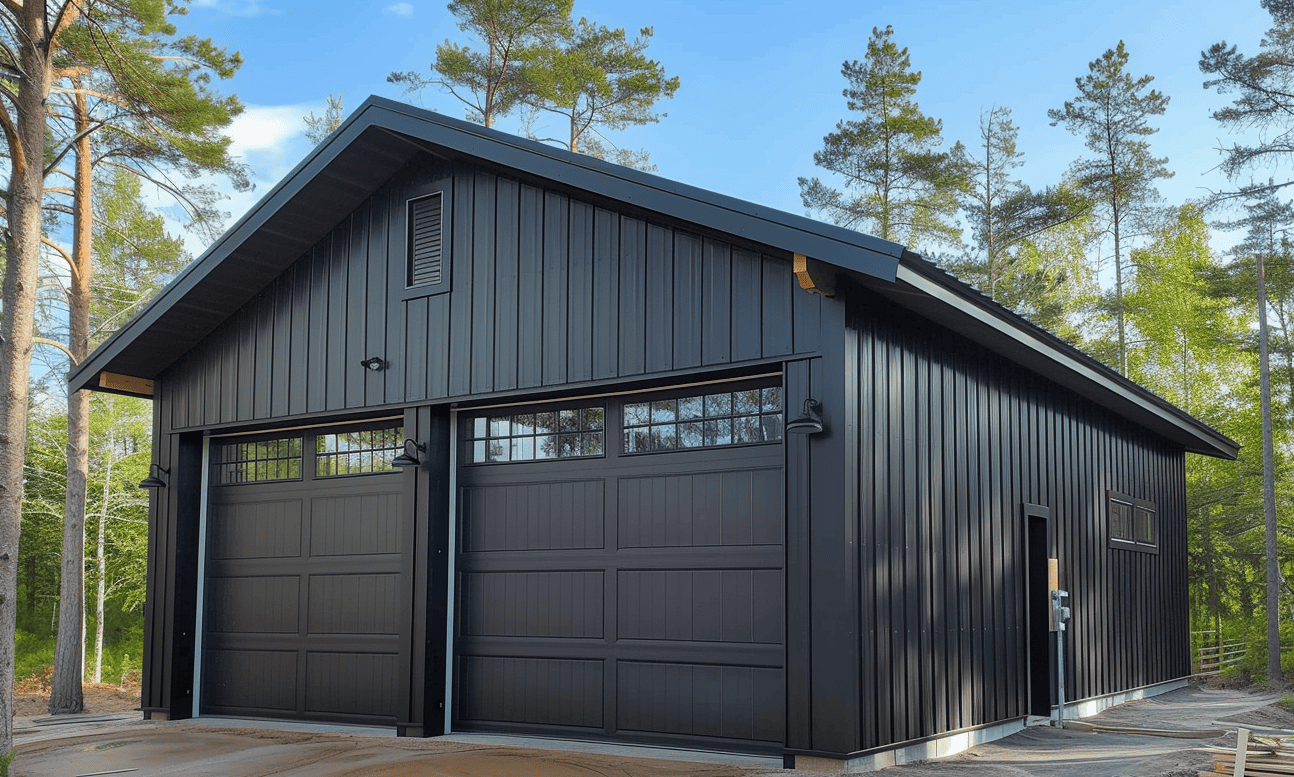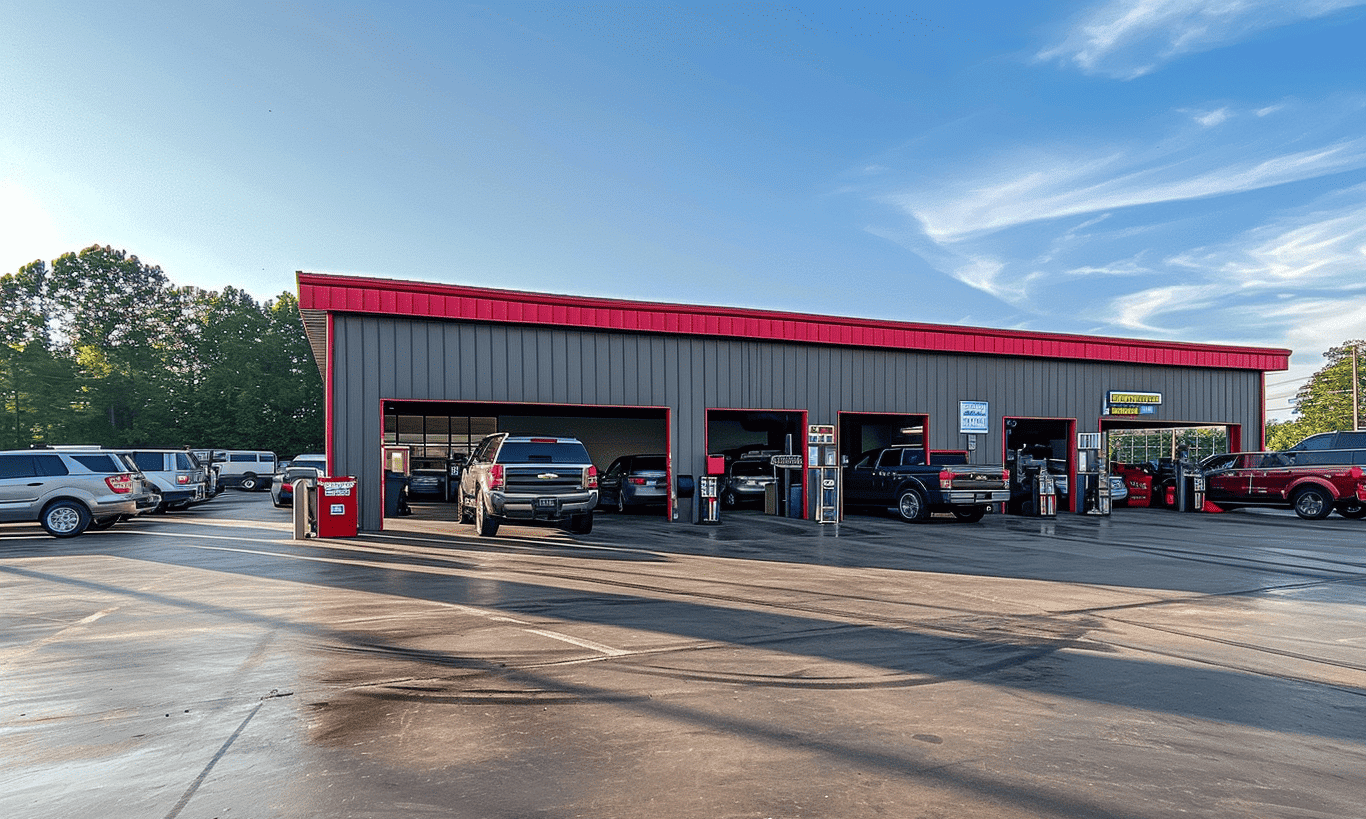Examining the Essentials of Pool and Spa Safety Regulations
When it comes to enjoying a refreshing dip in the pool or unwinding in a soothing spa, safety is an elemental factor that should never be compromised. However, do most of us really pause to contemplate the meticulous safety regulations in place? As complex as building a spatially-efficient home or ensuring Accessibility in schools, understanding pool and spa safety is not just a legal obligation, but an essential responsibility for ensuring public wellness. These regulations are designed to protect individuals and families, offering peace of mind when splashing around and enjoying some quality leisure time.
Unpacking the Legal Framework
The legal landscape surrounding pool and spa safety is multifaceted. These regulations are a part of a wider system of safety norms aimed at preventing accidents, injuries, and, most crucially, drownings. What sorts of safety measures are covered by these regulations, and how can they be practically implemented?
In Ontario, for instance, the local government has stringent rules to navigate. The Government of Ontario – Pool and Spa Safety Regulations enforces several mandates, from installing adequate barriers and enclosures around pools to drafting emergency plans for potential scenarios.
The Core Components of Pool and Spa Safety
Safety regulations, much like the supportive framework of a Residential Construction project, are built on a sturdy foundation. They encompass a wide range of components designed to minimize risk and uphold safety. Here are some of the critical elements that are typically part of most legislation:
1. **Barriers and Fencing:** Barriers are your first line of defense. They are a non-negotiable part of the legislation, ensuring that unsupervised children do not access the pool area.
2. **Alarms and Covers:** Pool alarms and safety covers add an additional layer of security, alerting homeowners to any unexpected intrusions or hazards.
3. **Signage:** Clear, visible warnings and instructions around pool and spa areas inform users of potential risks and steps they should take to stay safe.
4. **Regular Inspections and Maintenance:** Scheduling regular inspections and following a strict maintenance regime ensures that all safety devices and mechanisms function correctly.
Common Missteps and Compliance Issues
Despite the availability of detailed regulations, compliance is not always straightforward. Akin to considering Accessory dwelling units legal considerations, understanding and aligning with every safety measure can be daunting. Here, we explore common pitfalls and preventive strategies:
– **Neglecting Updates on Regulations:** Regulations can evolve; hence keeping abreast of new developments is vital.
– **Ignoring Routine Maintenance:** Like any other system, safety features require regular check-ups and servicing to function optimally.
– **Underestimating the Importance of Training:** For those frequently around pools and spas, understanding emergency procedures and CPR can be lifesaving skills.
Ontario’s Commitment to Safety
Documenting robust safety regulations for pool and spa elements is central to Ontario’s commitment to community safety. The province’s focus is much like securing a long-term investment. Residents often look into steel building packages Ontario to ensure that the structures they invest in offer maximum security and durability.
Here is where visual persuasion plays a major role in effective compliance. Consider visual aids, like the sleek aesthetics of steel-building garages, which highlight the importance of structural integrity and durability.

Why Prioritizing Pool and Spa Safety is Crucial
Beyond legal mandates, prioritizing pool and spa safety is a matter of intrinsic value. It is the concerted outcome of one proactive decision layered upon another that ensures a sanctuary of relaxation and enjoyment. Children’s playful innocence and adults’ serene indulgences hinge on these factors. Much like building a house begins with a reliable foundation, maintaining safety prevents foreseeable accidents that could otherwise transform pleasure into peril.
Practical Steps Everyone Should Adopt
Moving beyond regulations, consider what practical steps can be embraced daily to augment safety in personal and community pools and spas. Think about fully engaging with available technology and adopting proactive habits:
– **Educate and Empower:** Conduct swimming lessons and water safety workshops for all ages.
– **Deploy Safety Mechanisms:** Invest in pool fences and alarms, even upgrading to “smart” technology where possible.
– **Regular Audits:** Perform frequent audits of safety equipment and the pool area, fostering a culture of vigilance.
Concluding Thought: Finding Balance and Enjoyment
While the blanket of regulatory legislation is undeniably protective, equal emphasis should also rest on individual and community actions—finding the balance between compliance and enjoyment is the key. Regular updates, understanding nuances, education, and curiosity are foundational pillars to upholding a safe aquatic environment.
Whether reading online resources, diving into technical specifications, or consulting experts, continually engage with the subject matter to stay informed. There’s an innate value in safety principles, akin to the reliable robustness one would experience within engineered spaces like steel structures.
The endeavor is clear: lift your spirits, stay informed, and most importantly, endeavor to create swimming areas that are safe and secure for everyone involved.










